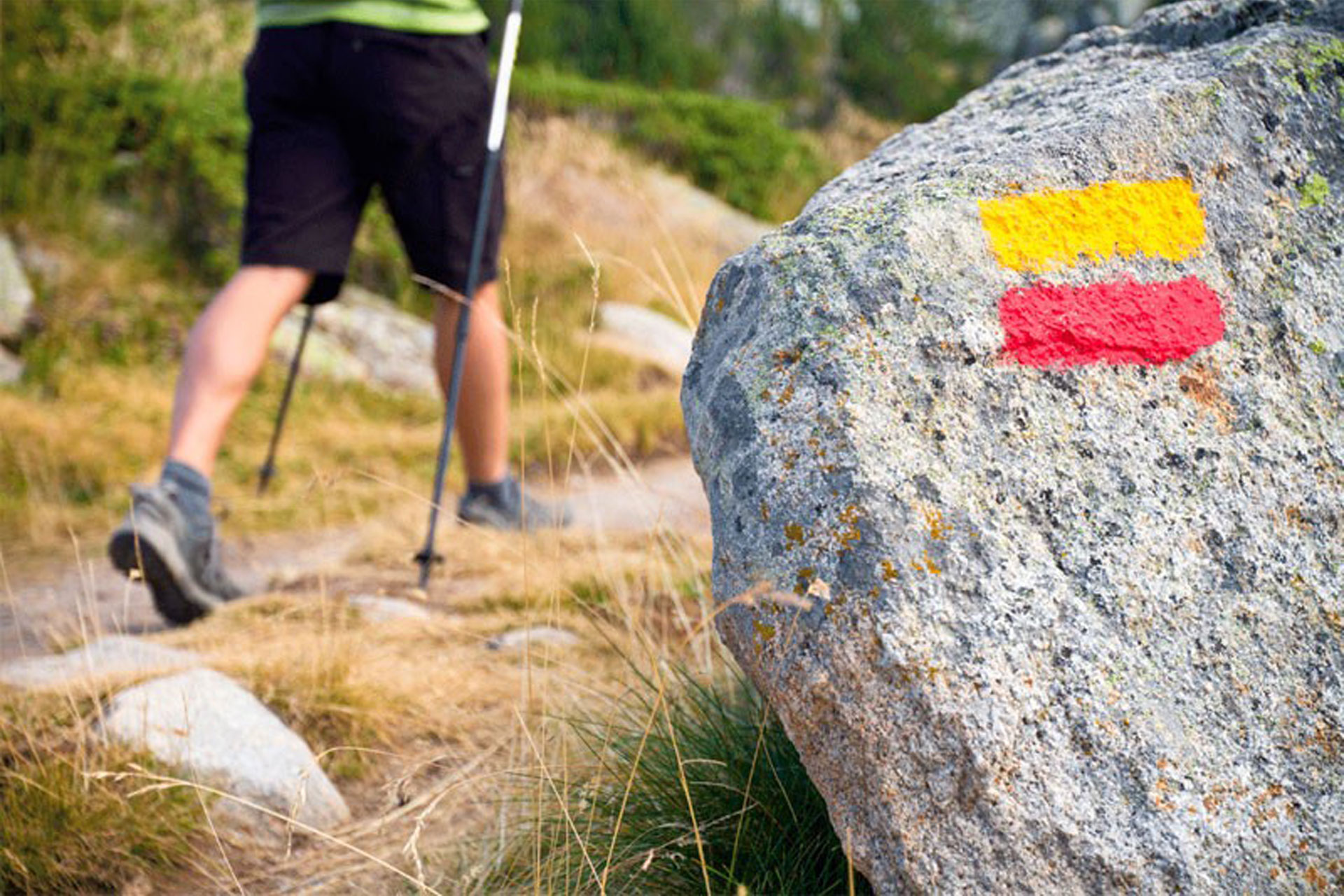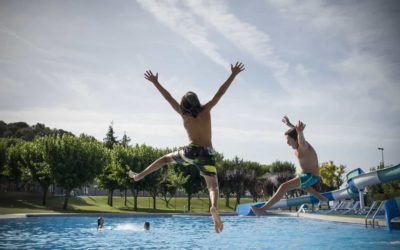Carrying out a mountain campsite in the Catalan Pyrenees is a great option if you are a nature lover. Thanks to the privileged location where we are located, you can enjoy a large number of hiking trails, trekking, water sports… an endless number of activities related to nature.
However, this privileged location also has other advantages, being surrounded by villages full of traditions and very rich in terms of culture. For this reason, if you plan to spend a few days at the campsite, you may want to consider the dates to enjoy one of the most popular festivals, the Patum de Berga festival.
Here you will discover much more about the Patum de Berga, a unique celebration in the world that has been declared a Masterpiece of the Oral and Intangible Heritage of Humanity by UNESCO.
Meaning of Patum
Before you start to know more about the festival, it is a good idea to know the meaning of Patum, since it gives it its name. Basically, the origin of the term Patum comes from the repetitive and rhythmic sound of the tabal.
The tabal is a large drum that, as you can imagine, is the main instrument of the festival and the one that serves to mark the rhythm of all the dances and performances that take place in it.
This term has been chosen for the sound identity it has, as it is very characteristic of the party and evokes joy and fun.
What is Patum de Berga
The Patum de Berga is a traditional celebration that takes place in the town of Berga. This festival is about 500 years old, since it was founded at the end of the fourteenth century as a popular festival and has been documented since 1525.
As we have pointed out before, it has been declared a Masterpiece of the Oral and Intangible Heritage of Humanity by UNESCO, but also, in 1983, it was declared by the Generalitat of Catalonia as a traditional festival of National Interest.
La Patum de Berga: history and origin
The origin of the Patum de Berga has to do with the medieval festivities that accompanied the Corpus Christi processions during the Middle Ages. Over the centuries, the festival has evolved to become one of the most famous festivities in Catalonia.
When is the Patum Festival Celebrated?
The Patum Festival is celebrated during the dates of Corpus Christi. As a general rule, this is usually between the end of May and June.
Main Activities and Parades of the Patum Festival
The Patum Festival is a popular representation that takes place along the streets of Berga for several days. During the days in which the celebration lasts , parades of giants, big-heads, dragons and other mythological figures are held. These parades are accompanied by music and dance creating an impressive festive atmosphere.
During the Patum Festival you can experience many exciting moments. One of the most outstanding is the dance of the “salt de plens”. In this dance, the participants jump on the stages to the rhythm of the music for the fun and joy of the attendees.
How to Experience the Patum Festival in Berga
The best way to experience the Patum Festival in Berga be part of it. You will have no difficulty joining the parades and troupes, as Berga dresses up in a celebratory atmosphere and its people are very welcoming.
We recommend that you take a photo or video camera with you to immortalize the best moments. Of course, you should also be respectful of the celebration and be careful with the fireworks, as fireworks and flares are used in the Patum.
Tips to Enjoy the Patum Party to the Most
The Patum Festival is an event that brings together many people from different places. For this reason, it is important that you make your reservation at our campsite as soon as possible so that you do not miss any holidays.
One of the keys to enjoying the Patum Festival to the fullest is to go to the town of Berga early. In our camping resort you will have no problem, as it is very close to the town. This is important because many events start quite early and, in addition, the earlier you arrive you will be able to enjoy the best places to see the procession.
During the Fiesta de la Patum events are carried out throughout the town. We recommend that you try to get a program of parties or check it on the internet so as not to miss any detail of the places where the celebrations take place.
Take the opportunity to enjoy the local gastronomy during this popular festival. We can’t think of a better time to accompany this festival of the region’s folklore with a delicious meal.
Accommodation Near the Patum Festival: Our Camping Resort
Our Camping Resort is the most recommended option if you are looking for accommodation to enjoy the Patum Festival. Not only because of its proximity, but also because of the flexibility we offer you when it comes to making your reservation at our campsite.
We are in a privileged enclave in the middle of nature, so we are not only close to Berga, but also to other places of interest that you can enjoy if you want to make the most of a few days in the middle of nature.
Our camping resort offers you all the necessary services so that you can enjoy a quiet and relaxed atmosphere with all the comforts expected of a good campsite. Contact us and make your reservation so that you can enjoy the Patum Festival and a large number of activities in its surroundings without any problem.
What to Do After the Patum Festival: Explore Berguedà
Berguedà hides many treasures that are worth knowing, so once the Patum Festival is over you can enjoy other very interesting places.
From here we recommend that you pay a visit to the Cadí-Moixeró. The Cadí-Moixeró Natural Park is an authentic natural paradise where you can follow different hiking trails to enjoy its forests and lakes, perfect for outdoor activities.
If the weather is good and good, maybe you can come and take a bath in the Sallent Falls. The Sallent Falls are a set of waterfalls of great beauty, a gift for the eyes of nature.
If you want something quieter and not so much nature, you can take a cultural visit to the Monastery of Sant Llorenç de Munt or the Cement Museum of Castellar de n’Hug. Of course, it is also a great option to visit the villages of the region and learn a little more about their gastronomy and culture.



